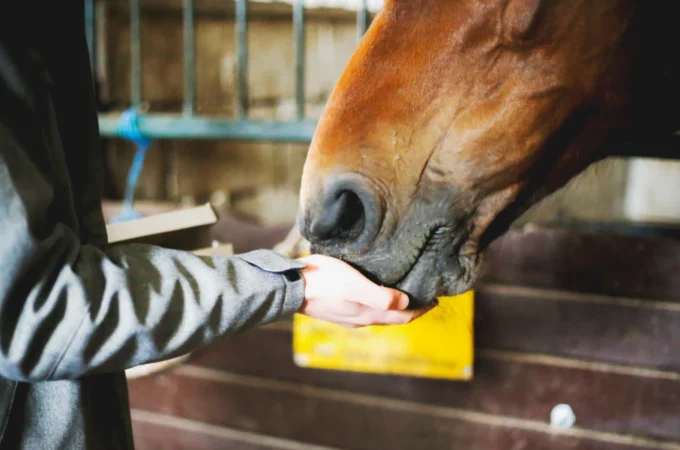
Can You Get Insurance Coverage for Your Pet’s Pre-existing Conditions?
If you have a pet with pre-existing conditions, you may be wondering if you can get insurance coverage for them. The good news is that you may be able to get coverage for your pet’s pre-existing conditions. Keep reading to learn more about how to get insurance coverage for your pet’s pre-existing conditions.
What is pet insurance?
Pet insurance is a type of insurance that helps pet owners cover the costs of veterinary care for their pets. The policyholder pays a monthly or annual premium, and in return, the insurance company agrees to pay a portion of the costs of veterinary care if the pet becomes ill or is injured.
The cost of pet insurance varies based on the age, breed, and health of the pet and the coverage that is selected. Policies typically cover routine care, such as vaccinations and check-ups, as well as unexpected illnesses and injuries. Pet insurance can be a great way to help protect pet owners from the high costs of veterinary care and can help ensure that pets receive the necessary care they need.
What are pre-existing conditions, and how do they relate to pet insurance?

Pre-existing conditions for pet insurance are health problems that a pet has before the pet’s insurance policy starts. These conditions may or may not be covered by the insurance policy.
Pre-existing conditions can be a big problem for pet owners. If a pet’s health problem is not covered by the pet insurance policy, the pet owner may have to pay for the medical care out of their own pocket. Some insurance companies will not cover any conditions that have occurred in the past, while others will cover some curable conditions but not hereditary conditions. It’s essential to know what’s covered before signing up for a policy. Also, remember that not all pre-existing conditions are the same. For example, a dog that has been treated for a urinary tract infection in the past is not the same as a dog that has been diagnosed with cancer.
Pre-existing conditions can be a major issue when it comes to pet insurance, but it’s helpful to remember that not all policies are the same. Be sure to read the policy carefully and ask the insurance company lots of questions so you know what is and is not covered.
How do you find pet insurance that covers pre-existing conditions?

Finding pet insurance that will cover pre-existing conditions can be a daunting task. It’s critical to do your research and compare policies to find the best coverage for your pet.
One thing to consider is whether the policy has a waiting period before coverage begins. Many policies have a waiting period of anywhere from 30 to 180 days. If your pet has a pre-existing condition, you need to check to see if the condition is covered under the policy and if there’s a waiting period for that particular condition.
Another thing to consider is the deductible and the amount of coverage. The deductible is the amount you pay out-of-pocket before the insurance company begins to pay for covered expenses. The amount of coverage is the maximum amount the insurance company will pay for a particular illness or injury.
There are a few pet insurance companies that cover pre-existing conditions, but the specifics of what’s covered vary from company to company. For example, some insurers offer lifetime pre-existing conditions coverage for qualifying conditions that are diagnosed and treated within the first year of the policy. Other pet insurance companies may only offer a 90-day or 30-day pre-existing conditions window. It’s necessary to read the specific policy wording of each pet insurance company to determine if your pet’s pre-existing condition is covered.
Find the right pet insurance for your pet.
Overall, getting insurance coverage for your pet’s pre-existing conditions can ensure they receive the best possible care. This is especially important if your pet has a history of health problems. While most pet insurance companies don’t cover pre-existing conditions, there are a few exceptions. You’ll need to shop around, compare coverage options, and read the fine print of your policy to ensure your pet has the coverage they need.




